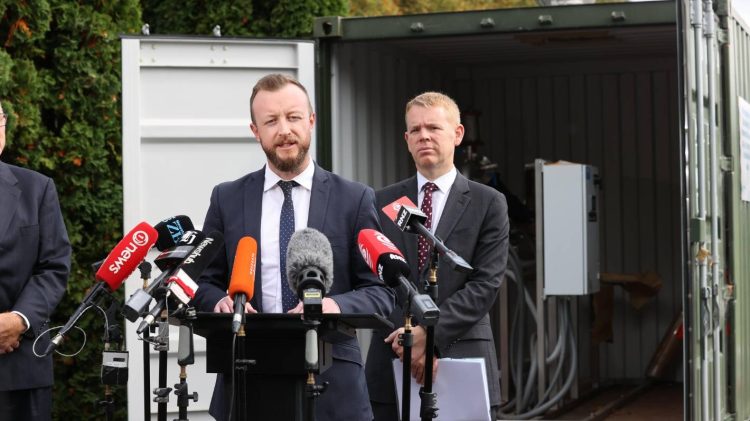The Government says it will create 10 new public water entities, instead of four, and keep controversial co-governance aspects in a reset of its Three Waters reform.
Prime Minister Chris Hipkins and Local Government Minister Kieran McAnulty visited a small water treatment plant in Greytown, Wairarapa, on Thursday morning to announce the change to the contentious plan, which Hipkins asked for after becoming prime minister in January.
McAnulty said he believed the change would garner the support of a majority of councils, and provide sufficient economies of scale to improve the country’s inconsistent fresh, waste, and storm water systems.
The Government had also decided to stop using the term “Three Waters”, instead naming the policy “affordable water reforms”, and Hipkins insisted “co-governance” was a misapplied term for the complex governance structure proposed for the water assets.
The ultimate deadline for getting the new water entities up and running has been pushed out, from July 2024 to July 2026. Aside from splitting the previously proposed four water entities into 10, the proposed reforms of the country’s fresh, waste, and storm water systems were largely the same.
McAnulty said the cost of needed upgrades to water systems across the country could be as high as $185 billion in the coming 30 years. A series of costings provided by the Government claimed the reforms could save ratepayers between $2770 to $5400 a year by 2054, on average within each of the specified 10 regions. He could not guarantee councils would reduce rates once they no longer had to pay for water services.





























































